Today, the cloud service providers are witnessing an increasingly competitive landscape – both on the technology and the business front, as big cloud infrastructure providers like Microsoft, AWS, IBM and more are continuously innovating their offerings.
These innovations, on one hand, give organizations the freedom to use a mixed set of capabilities from different vendors, but at the same time, make it difficult for cloud service providers or sellers to manage all cloud services at one place. They face challenges in bundling their offerings seamlessly. They also need to maintain control over all the services, while requiring a transparent billing mechanism. For that, they need a single dashboard with a unified view into all the services.
Is multi-cloud strategy the new normal?
Multi-cloud services are the future. The reason behind it is the ease of use of cloud services. In its planning guide for cloud computing, Gartner had predicted that Multi-cloud Will Become the De Facto Standard.
There is no one size that fits all in the cloud – an organization may deem fit one cloud service from one vendor, and consider another vendor for some other application. Leveraging multi-cloud is beneficial over considering whole-scale migration of cloud applications from one provider to another. So, there is a massive shift towards multi-cloud installations.
This enterprise trend provides abundant opportunities for cloud service providers while posing challenges for them too as to how to market cloud services of different vendors and more importantly, how to make money selling cloud services, as well.
Suggested reading: Top 10 best data center service providers in India 2020
Selling multi-cloud services in 2020- Opportunities and Challenges
Today, it’s imperative to understand that how can you, by selling a cloud solution for fulfilling every cloud need under one roof, monetize the cloud.
What is Multi-Cloud?
Multi-cloud is not a different type of cloud, it is merely a combination of several cloud services of different cloud vendors like – Microsoft, AWS, IBM and more. It’s like a bundled cloud offering – a cloud for every need.
Benefit 1– With multi-cloud offerings, you can as a service provider, meet the varying needs of the customer, and give him customized cloud-based solutions by creating multiple cloud offers, like shown in the below image.
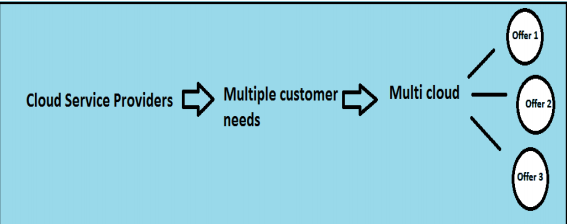
Benefit 2 – By offering multi-cloud, alongside your existing product line, you can ensure quick revenue generation.
For a cloud service provider, selling the clouds of big brands like Microsoft, AWS, Google, IBM, and many others at a single place, is a bit daunting task as it includes proper management of different billing mechanisms and management of different product lifecycles.
Multi-cloud environments come with their own set of challenges—complexity, resources, expertise, cost, and handling issues, with management as the common denominator. The management of data, applications and, processing held within a multi-cloud environment demands much attention, better control, and visibility, to ensure seamless performance and round the clock availability of services.
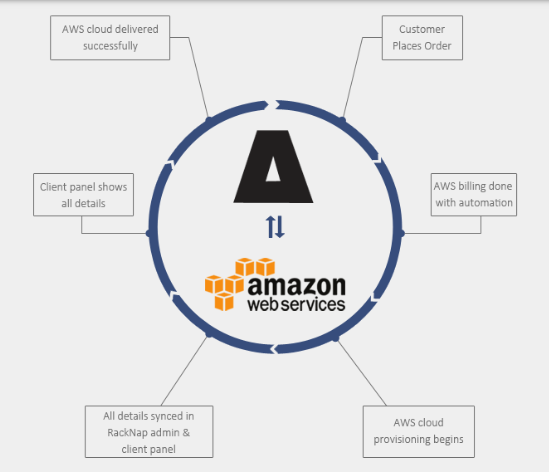
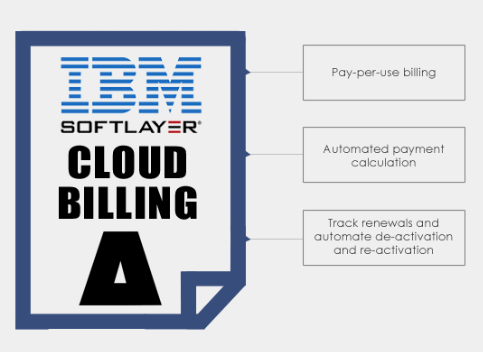
You need a well-coordinated frontend – your marketplace and the backend – your internal systems where you handle all your cloud selling related tasks like bundling, billing, inventory, administrative tasks, and your customer-facing panel.
So are you struggling to find who are the best providers for multi-cloud management software? There are many in the industry but the best one is that which provides the features you need, provides automation and makes the task of service delivery easier. Walk through this post to know about the one.
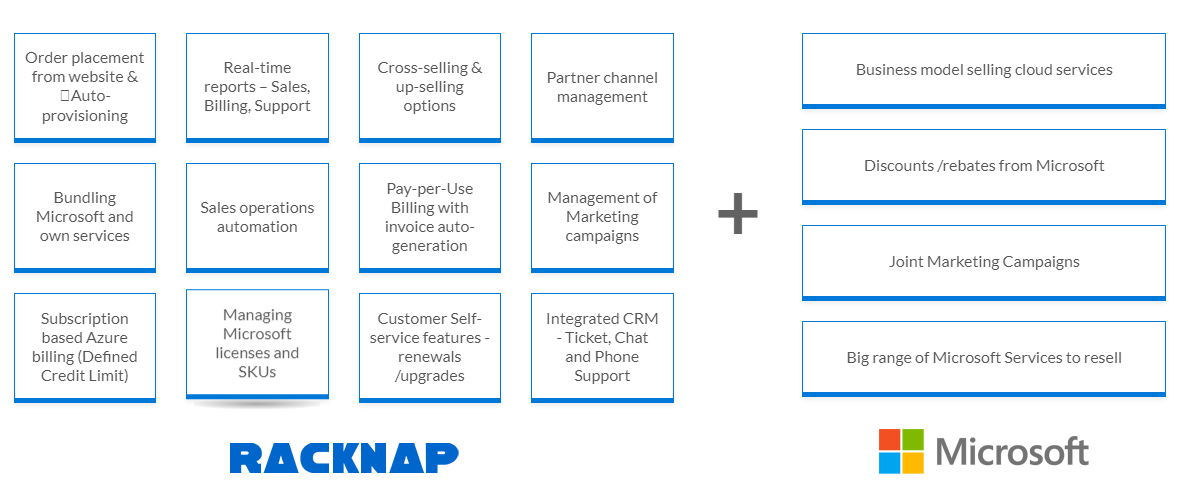
“Enterprises need a structured process to harness best practices, standardize configurations and management tools, and take full advantage of state-of-the-art cloud application performance monitoring and analytics.”- IDC MaturityScape.
Must read: Top 5 ways to improve profitability in selling cloud services
Benefits of selling multi-cloud services with unified cloud service delivery automation software
Selling multi-cloud services with a unified cloud service delivery automation platform
In 2019, the best way to sell cloud services to your new and existing customers is via a cloud service delivery automation software like RackNap.
“Multi-cloud management strategies need to look beyond the simple automated cloud resource provisioning and configuration needs of individual teams and departments,” explains Mary Johnston Turner, research vice president, Enterprise Systems Management Software.
Here are seven reasons why companies that sell cloud services with cloud business automation platform earn more revenue:
- End to end cloud business automation
- Dynamic marketplace to display products and sell bundles
- Easy retention of customers
- Simple and reliable access to cloud services for your customers
- Increased visibility and control
- Streamlined support
- Inventory and asset management
Let’s discuss them one by one
1. End to end cloud business automation
Cloud service delivery platform enables CSPs to manage end-to-end cloud business automation for super-quick service delivery and provisioning, managing billing, inventory, support, and comprehensive monitoring. It further helps lower payroll costs by automating repetitive, high-volume transactional processes.
2. Dynamic marketplace to display products and sell bundles
With unified business automation platform, you get one place to sell multiple cloud services on any pricing model and a common place for your customers to discover and purchase different cloud services.
3. Easy retention of customers
The service offerings of Microsoft, AWS and IBM are not the same, and so is the case with the end customer. He may switch to his favored cloud solution anytime, per his needs. But when you are a multi-cloud provider, you have the solution he is looking to switch to, so you retain your customer even when he switches the services.
4. Simple and reliable access to cloud services for your customers
For the end customer, getting everything under one roof, or from a single provider, saves his time from running door to door for various services, including support.
Cloud business automation platform will provide your customers a great user-friendly customer experience as they will be able to access everything from a single place – their own control panel to place orders, manage services, view billing history, get support, etc.
5. Increased visibility and control
Business insights are your keys to business success as they help you make smart and timely decisions. With key performance indicators quickly accessible, get quick information about where things are going and how they will turn, without having to ask for reports or updates from multiple sources. Get visibility into complete sales- product-wise, bundled plans and more, utilize this trait to manage upselling opportunities.
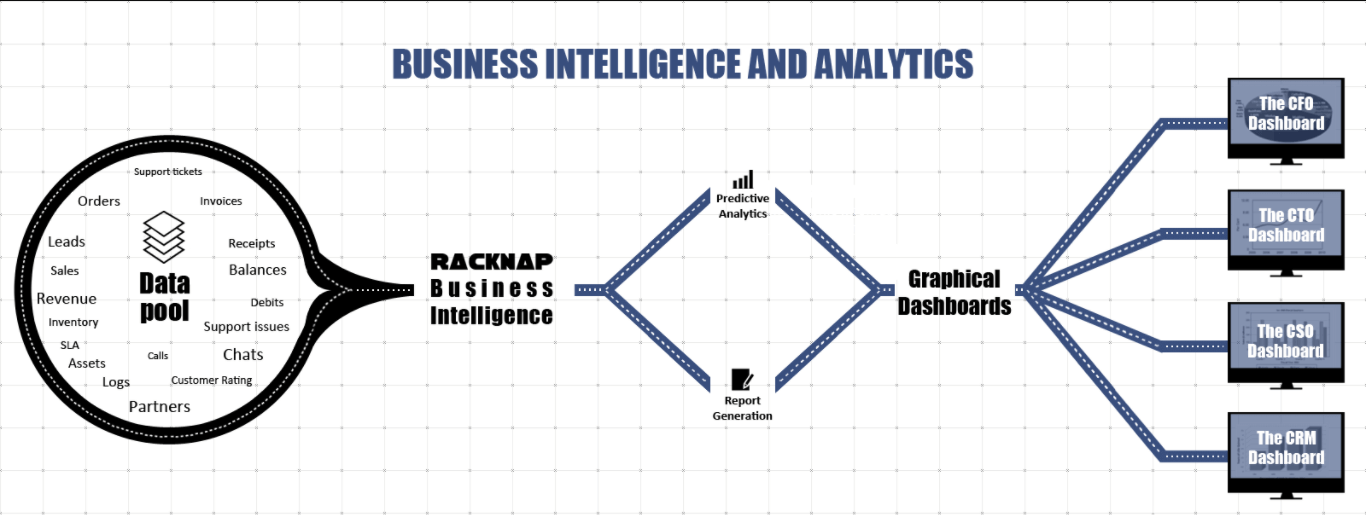
6. Streamlined Support and CRM
Get streamlined support and CRM process with a unified dashboard that will help you save your time and resources to intelligently identify and permanently resolve issues that consume most of your support team’s bandwidth at the root level and enable you to focus on the key issue areas.
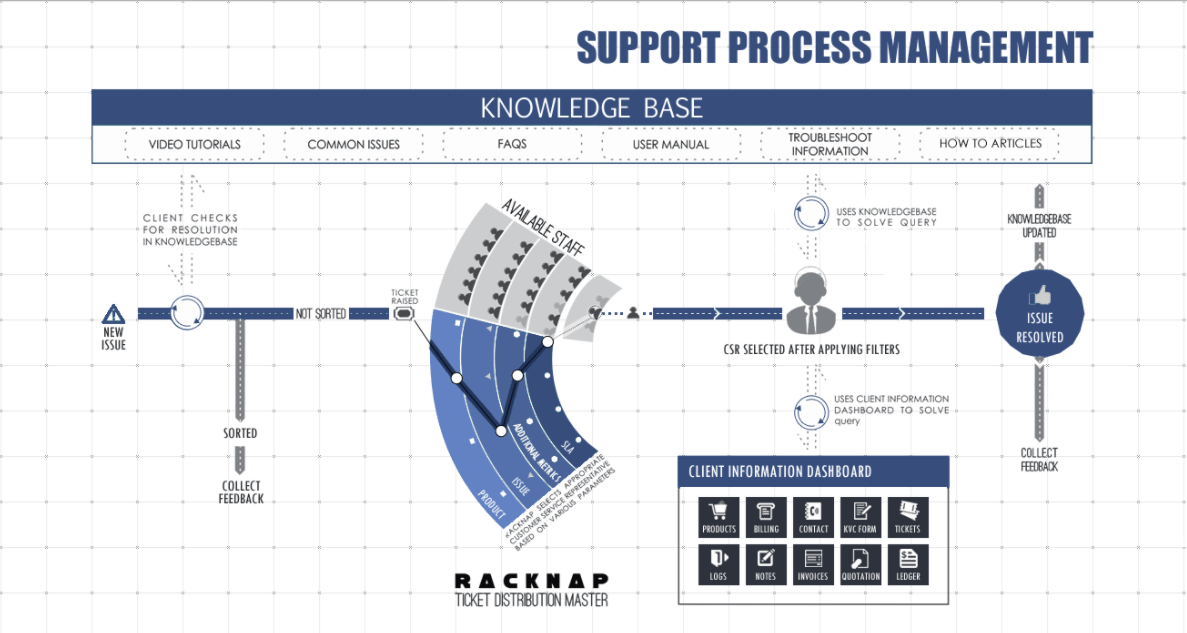
7. Inventory and asset management
Cloud service delivery platform – RackNap, facilitates easy allocation and management of data center and cloud inventory and hardware-software assets.
With it, you will be able to provision and scale cloud services and packages instantly and to varying levels of CPU, memory, disk I/O and storage space with just a click of a button.
Thus, with RackNap, selling cloud services from a single pane will not only help you perform better but will eliminate your dependency on multiple business management tools.
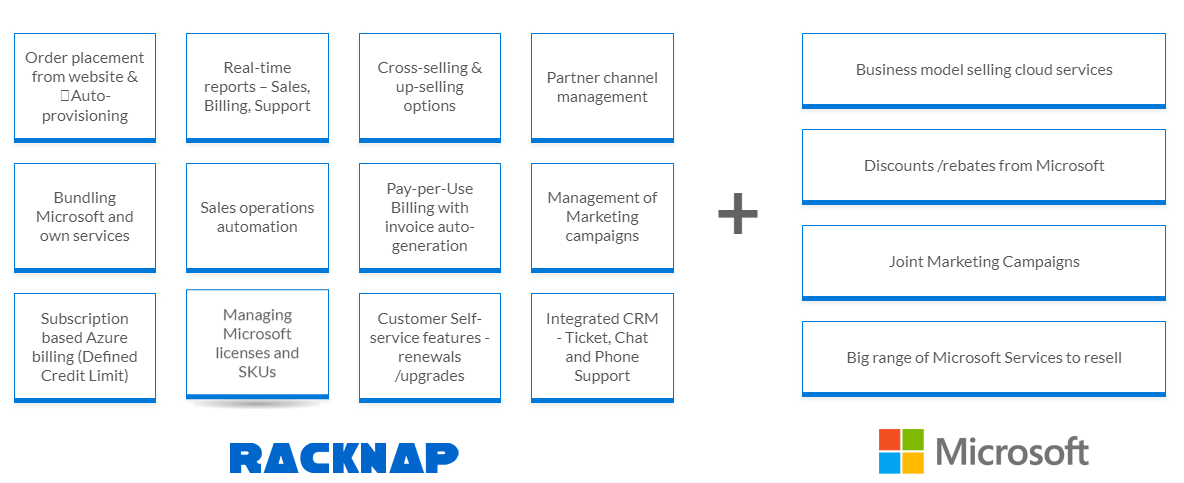
It’s important that you recognize the fact today that “unified management is no guarantee of success but the lack of it will almost guarantee failure”.
Do you sell Microsoft Cloud services or sell AWS cloud services or sell IBM cloud services or if you are wondering, how to make money selling cloud services, do get in touch with us today. If you are among the ones still thinking of why sell cloud services, do read our article – The economics of Cloud and the best practices of selling cloud solutions.









